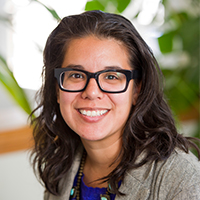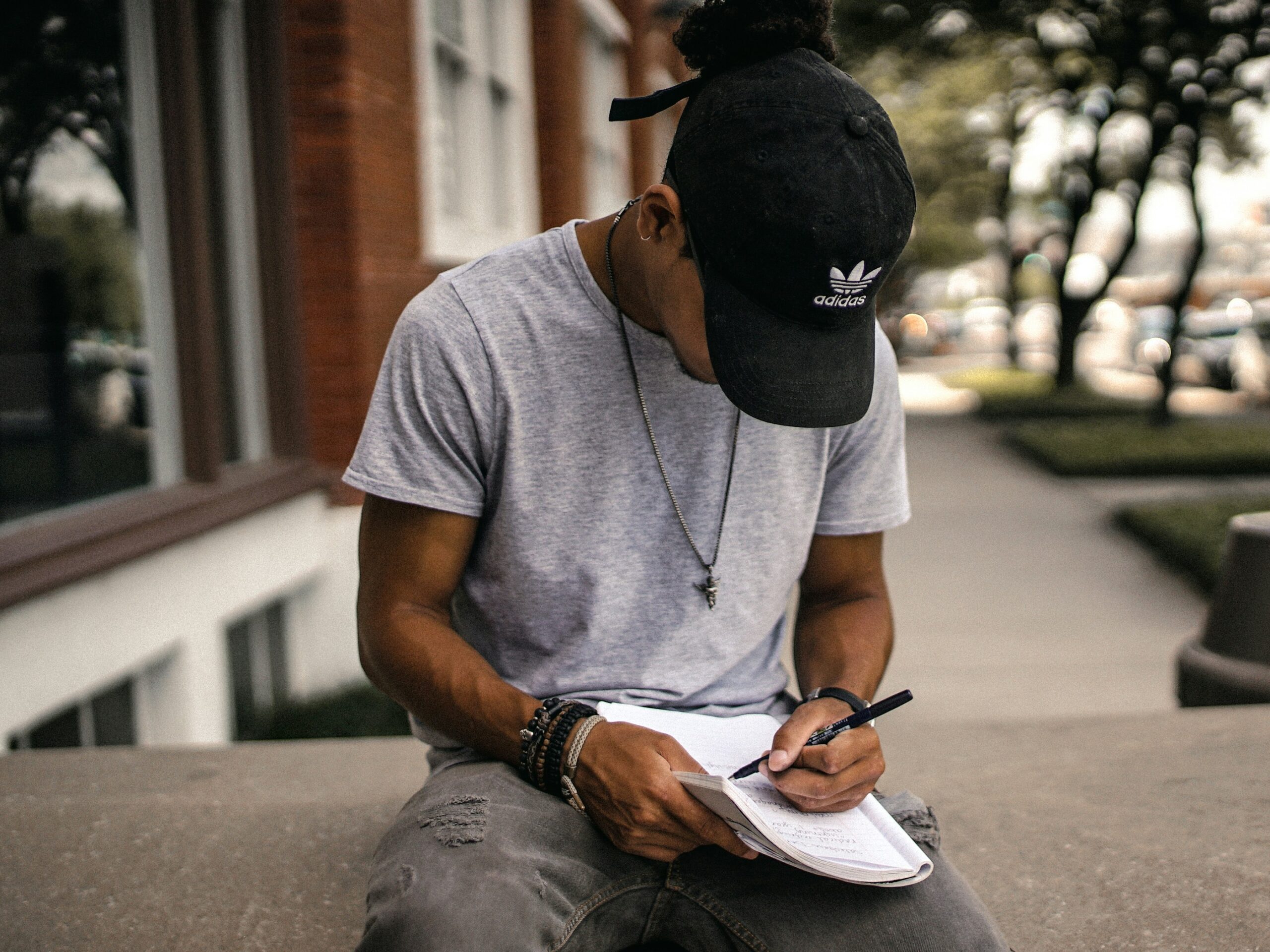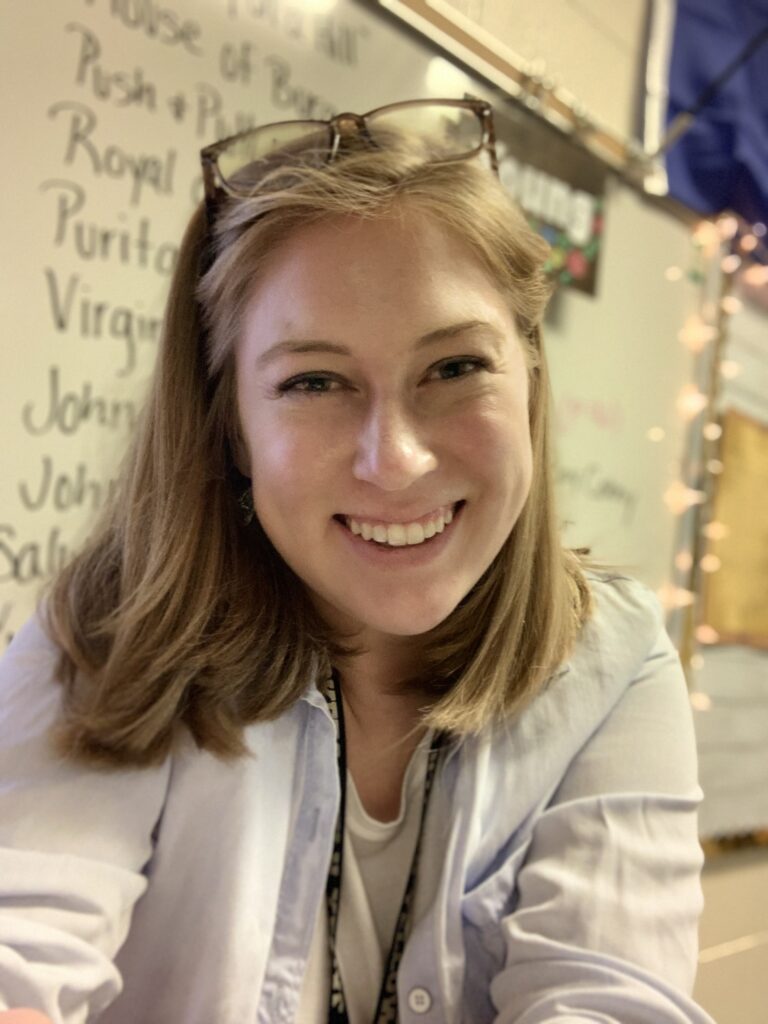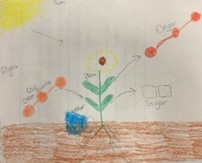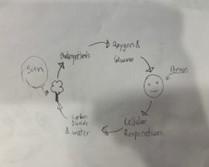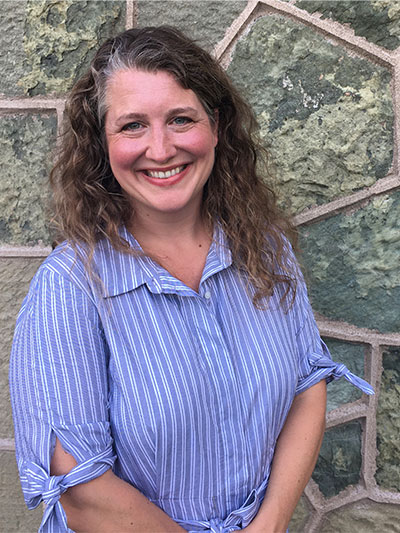Dr. Christina Dobbs follows up her webinar with this blog to challenge instructors to create rubrics that grow writing literacy and result in positive student-teacher interaction. Read more about her at the end of the blog.
During the COVID-19 pandemic, I had planned a study of writing instruction at the university level that involved interviews with students and visits to introductory writing classes that would help understand how undergraduates had made the transition from high school to university writing. But fate intervened and doing work to observe in class instructional spaces became complicated as we began to teach and work from home, and so I made a decision to just keep interviewing undergraduates about their experiences. Eighty interviews later, I am so glad to have had the opportunity to talk deeply with a wide range of students about their experience of writing in school across their lives and whether and how they see themselves as writers.
This work, alongside some other work with my colleague Chris Leider from UMass Boston, has caused me to spend time thinking deeply about the feedback we explicitly and implicitly give to students about their writing. As a teacher, I always struggled to give feedback on writing in a timely way that still felt deeply engaged with the work, and students didn’t always use the feedback I gave them to improve their writing, which never felt good. This new work about more effective and culturally sustaining feedback for students has helped me to understand what might have worked better in my own classroom and even in my own experience as a writer myself.
Across the work Chris and I have done with teachers over time and what I learned about feedback from my interviews with undergraduates, I have come to a new approach to feedback. Here are two lessons learned across those projects.
Lesson #1: Even if we didn’t know it, students remember our feedback, especially when they feel it was negative.
In talking with undergraduates about the feedback they received on their writing and times they felt proud of their writing, I was shocked by how much they remembered about feedback they had been given. Students relayed memories from elementary, middle, and high school as well as college, and sometimes they still felt strong emotions associated with those memories.
They described memories when a teacher had made them feel as though their ideas were worth engaging and that they had written something thought-provoking. They also described the positive experience of answering questions about their writing when feedback was given or feeling like their work inspired curiosity from the reader.
They also relayed moments when they got feedback that made them feel like their teachers had not really engaged with their ideas. This included times when they only got feedback on surface conventions or grammar, but it also included times when they just got a ‘good job’ or ‘great work’ too. Somehow this insubstantial positive feedback also made students feel as though they had not written ideas worth engaging.
Most importantly, the writers often described wanting to improve their work, but feeling as though some feedback they received was not helping them to do so. Some even described the feedback as showing them they actually would not be able to improve. They described teachers who made them feel as though they were already supposed to know everything before they took the class and those who clearly conveyed that they could improve.
This has led to a few ideas about giving feedback that I carry forward:
- Asking questions about the content seems to matter to many writers.
- Encouraging writers through feedback at various levels of the work, from the overall idea to the conventions, can support students in viewing their work as substantial.
- Telling students that they can improve, and we will help them to do so explicitly can convey our belief in students’ potential for growth.
Lesson #2: It doesn’t matter what you say to students if your rubric says something else.
The rubrics we use to evaluate student writing often use harsh and deficit-driven language to separate students in particular categories. Rubrics will have category labels such as ‘unsatisfactory,’ ‘below expectations,’ or ‘warning’ to delineate performance, with upper category labels with headings like ‘outstanding’ or ‘excellent.’
Then within categories, the statements to describe various levels of performance will have language such as:
- Writer has little or no control over sentence structure.
- Reasoning is incoherent or unclear.
- The use of language fails to demonstrate skill in responding to the task. (This example is from the ACT rubric.)
The designers of rubrics such as these likely did not think they were harshly commenting on students as writers; in fact, they likely thought they were only commenting on the piece of writing at hand and how well it communicates.
But the personal nature of writing and the ways that writers use feedback and comparison to others to drive their own writing self-efficacy (Pajares, 2003; Pajares & Johnson, 1996) makes it clear that writers likely internalize some of this commentary as about themselves, even if the teacher giving feedback did not mean it as such. Indeed, in my interviews with undergraduate students, they frequently described memorable feedback and harsh rubrics from many years earlier (going back to elementary) as drivers of whether they perceived themselves as writers in college years later.
Chris and I developed a question framework to help guide teachers in redesigning rubrics in ways that still convey critical feedback to students in ways that feel encouraging and supportive. We use these four questions to help teams of teachers we work with to revise rubrics to convey feedback in more supportive and equity-driven ways. The four questions (from Dobbs & Leider, 2021) are as follows:
- Does the rubric’s scale of values for judging responses suggest that students have room to grow?
- Do the tools emphasize development and purpose when it comes to language use?
- Does the rubric feedback connect student language to audience?
- Does the tool explicitly acknowledge that students have agency in choosing which of their language resources to use?
We use these questions not to shift the feedback away from various elements of the writing that we want to give feedback about, but rather to push us to phrase our thinking in a way that treats writers in humane and supportive ways.
So, we use these framing questions to rephrase headings and sentences on rubrics. What might have said ‘unsatisfactory’ before might say ‘still learning,’ ‘room to grow,’ or even ‘focus for next time.’ Where we might have said that ‘reasoning was incoherent,’ we might shift to say that ‘the writer’s reasons supporting their argument were challenging for the reader to understand.’
These sorts of changes convey to students that they can still be working on various elements of their writing, which all students are doing and is the purpose of schooling. They can also convey that writing feedback is not a matter of knowing how to do it ‘right’ or ‘wrong,’ but it is rather a matter of whether your communicative purpose was understood by the audience. It also conveys that students made choices about the writing they chose to put forward and that they can continue to improve that writing’s purpose, not just it’s perceived correctness on things like punctuation.
Over time, I’ve learned that giving feedback is meaningful to students in ways I had not always realized, and that making purposeful and specific choices in how to give feedback can make a huge difference in how students are able to take up the feedback we give them. That way, years down the road when they are in college and being interviewed, they will relay memories of feeling supported and confident as writers.
References
Dobbs, C. L. & Leider, C. M. (2021). A framework for writing rubrics to support linguistically diverse students. English Journal, 110(5), 60-68.
Pajares, F. (2003). Self-efficacy beliefs, motivation, and achievement in writing: A review of the literature. Reading and Writing Quarterly, 19(2), 138-158.
Pajares, F. & Johnson, M. (1996). Self-efficacy beliefs in the writing of high school students: A path analysis. Psychology in the Schools, 33(2), 163-175.
